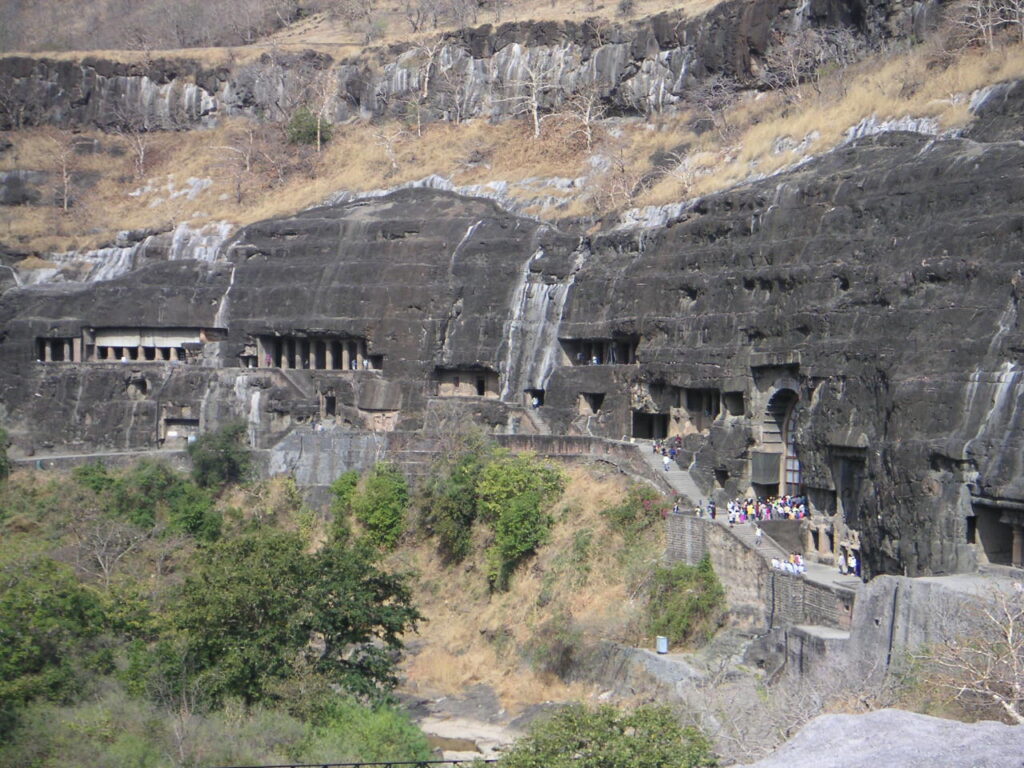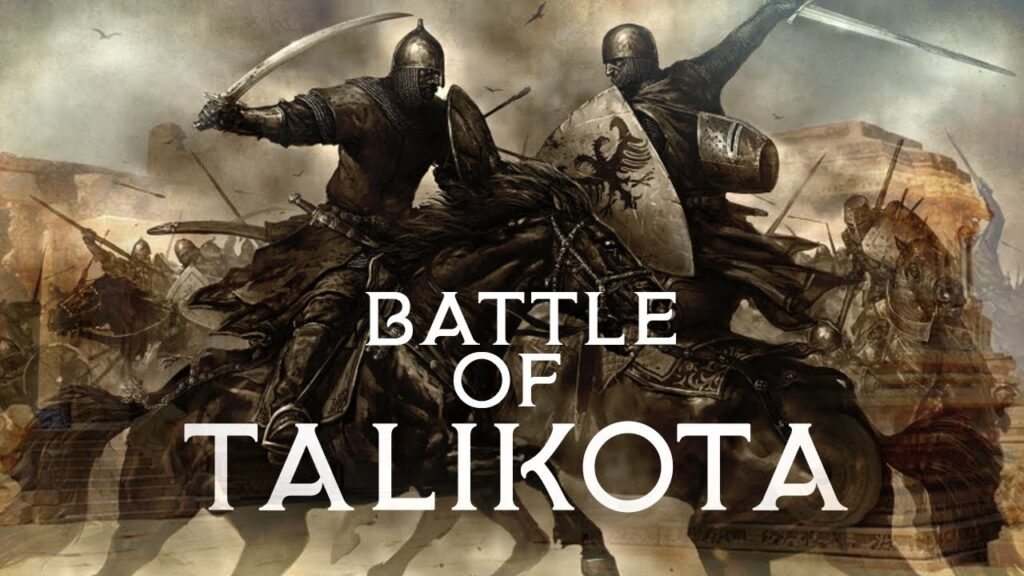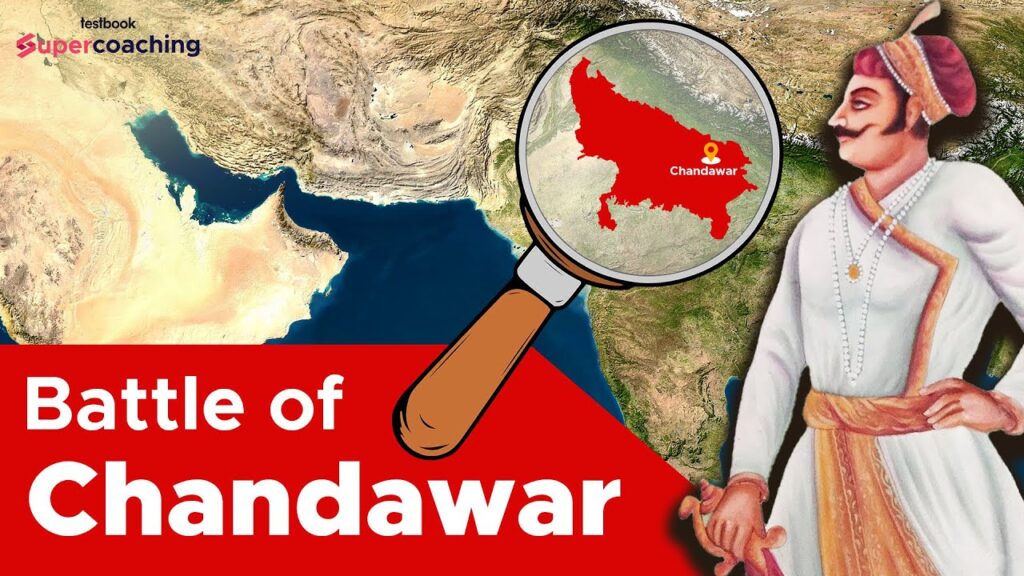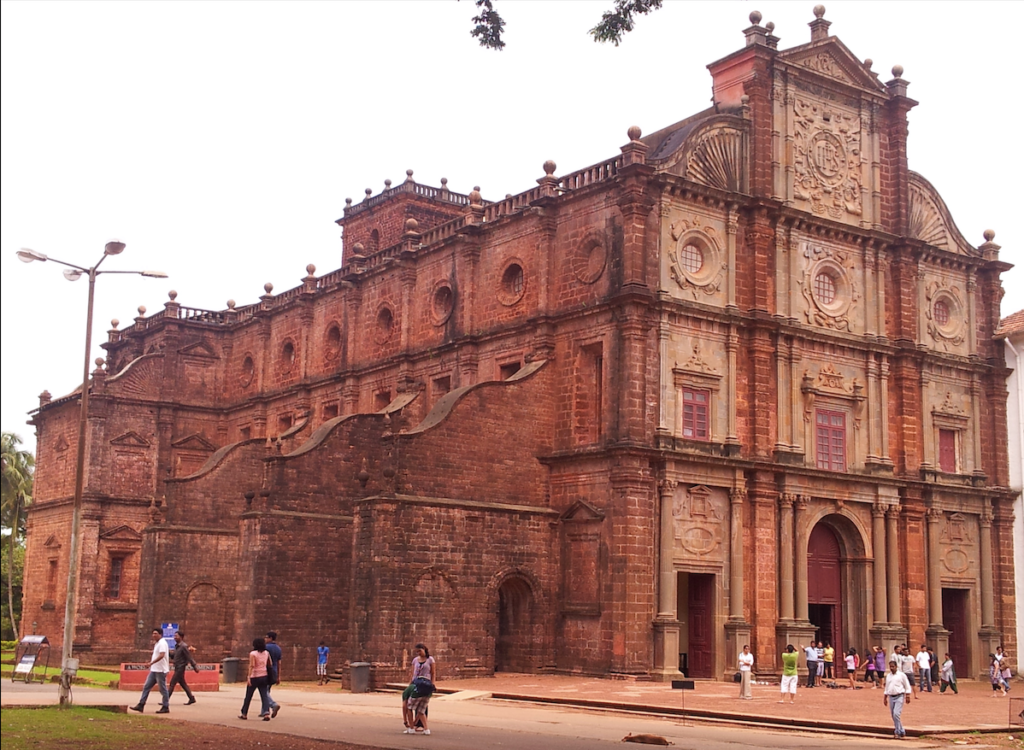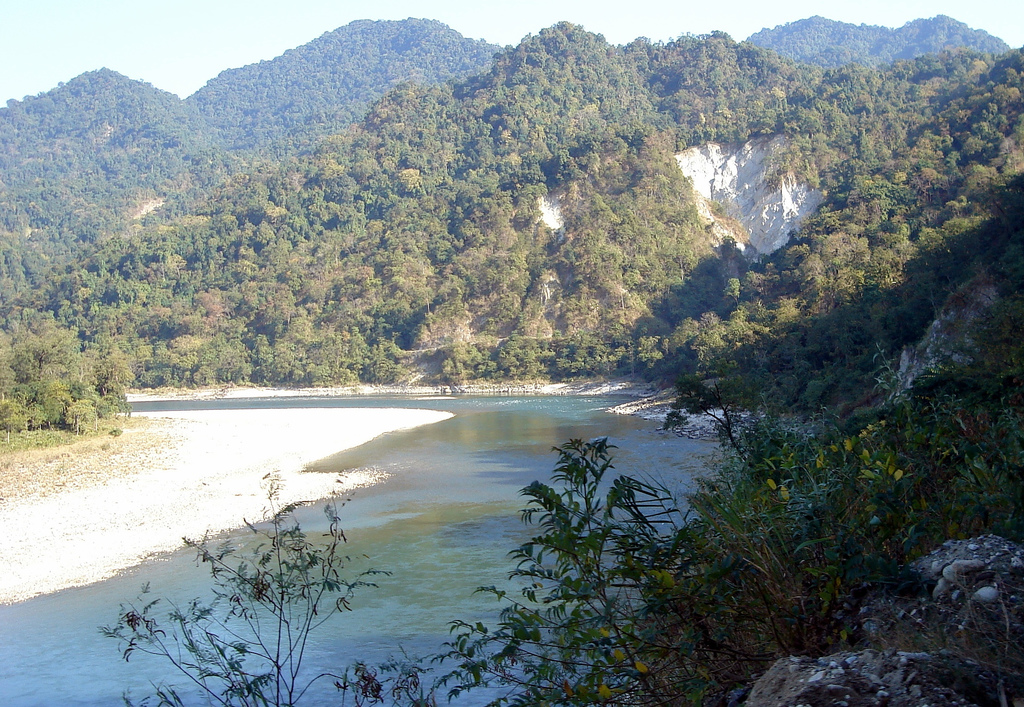In the annals of Indian history, the Vakataka Dynasty stands as a testament to the rich tapestry of regional powers that flourished during ancient times. Originating in the Deccan region of India during the 3rd century CE, the Vakatakas rose to prominence as formidable rulers, presiding over a period of cultural renaissance and political stability. Join us as we delve into the fascinating history, achievements, and enduring legacy of the illustrious Vakataka Dynasty.
Origins and Rise to Power:
The Vakataka Dynasty traces its origins to the Vidarbha region of present-day Maharashtra, where its founders, the Vindhyashakti and Pravarasena I, established their authority as local chieftains. It was under the leadership of Pravarasena I that the Vakatakas began their ascent to power, gradually expanding their influence and consolidating control over neighboring territories.
By the early 4th century CE, the Vakatakas had emerged as a major force in the Deccan, challenging the supremacy of the Satavahanas and other regional powers. The reign of Pravarasena II, the son and successor of Pravarasena I, marked a period of significant territorial expansion and military conquests, as the Vakataka Empire reached its zenith under his able leadership.
Cultural Flourishing and Architectural Splendor:
The Vakataka period witnessed a remarkable flourishing of art, architecture, and literature, as the dynasty’s patronage of the arts propelled the Deccan region into a golden age of cultural creativity. Monuments such as the Ajanta Caves, renowned for their exquisite rock-cut sculptures and frescoes, attest to the artistic genius and aesthetic sophistication of the Vakataka era.
The patronage of the Vakataka rulers extended beyond grand architectural projects to encompass literature and scholarship as well. Sanskrit literature thrived under their sponsorship, with poets and scholars composing timeless works of poetry, drama, and philosophical treatises. The Vakataka court became a vibrant center of intellectual exchange, attracting scholars and poets from across India to partake in the cultural renaissance unfolding in the Deccan.
Diplomacy and Alliance-Building:
Central to the Vakataka Dynasty’s success was its adept diplomacy and strategic alliance-building, which enabled it to navigate the complex political landscape of ancient India. Through matrimonial alliances, military alliances, and diplomatic maneuvers, the Vakataka rulers forged alliances with neighboring powers such as the Guptas, Pallavas, and Chalukyas, ensuring the stability and security of their empire.
One of the most significant diplomatic achievements of the Vakataka Dynasty was its alliance with the Gupta Empire, which emerged as the preeminent power in northern India during the same period. The marriage alliance between the Vakataka princess Prabhavati Gupta and the Gupta emperor Chandragupta II not only solidified relations between the two dynasties but also facilitated cultural exchange and cooperation between their respective realms.
Decline and Legacy:
Despite its remarkable achievements and cultural contributions, the Vakataka Dynasty eventually succumbed to internal strife and external pressures, leading to its gradual decline by the 6th century CE. The fragmentation of the empire, combined with incursions by foreign invaders such as the Huns, hastened the dynasty’s demise, marking the end of an era of Deccan splendor and prosperity.
Yet, the legacy of the Vakataka Dynasty endured long after its decline, shaping the cultural and political landscape of the Deccan region for centuries to come. The architectural marvels of the Ajanta Caves and other Vakataka monuments continued to inspire awe and admiration, serving as enduring symbols of the dynasty’s artistic and cultural achievements.
Moreover, the Vakataka period laid the groundwork for the emergence of medieval Deccan kingdoms such as the Chalukyas, Rashtrakutas, and Yadavas, who drew upon Vakataka precedents in art, architecture, and governance. The enduring legacy of the Vakataka Dynasty serves as a reminder of the rich cultural heritage and historical significance of the Deccan region in shaping the trajectory of Indian civilization.
In conclusion, the Vakataka Dynasty emerges as a pivotal chapter in the saga of ancient Indian history, whose cultural patronage, diplomatic acumen, and architectural splendor left an indelible mark on the Deccan region and beyond. From the majestic Ajanta Caves to the vibrant intellectual milieu of the Vakataka court, the legacy of the Vakataka Dynasty continues to inspire admiration and fascination, serving as a testament to the enduring spirit of creativity, innovation, and cultural exchange in ancient India.


